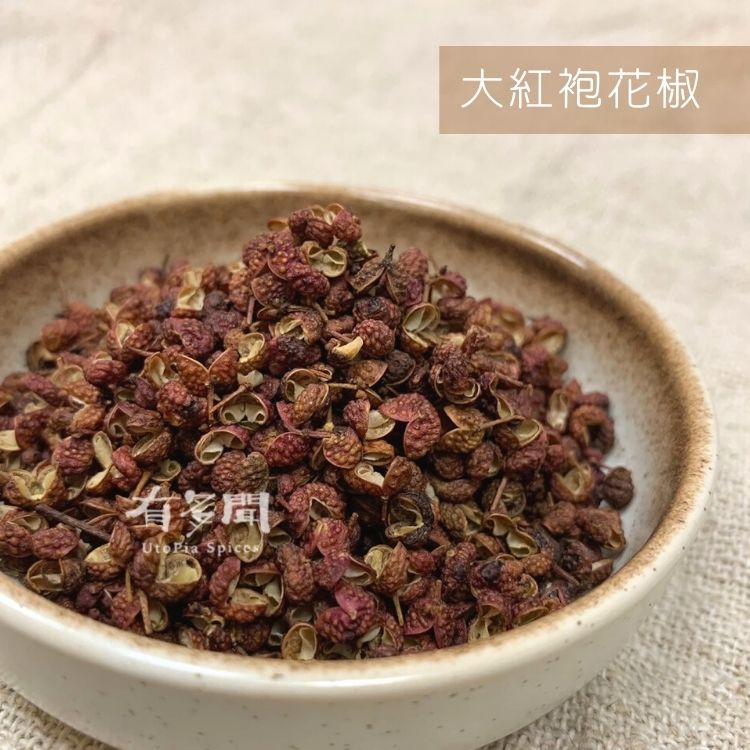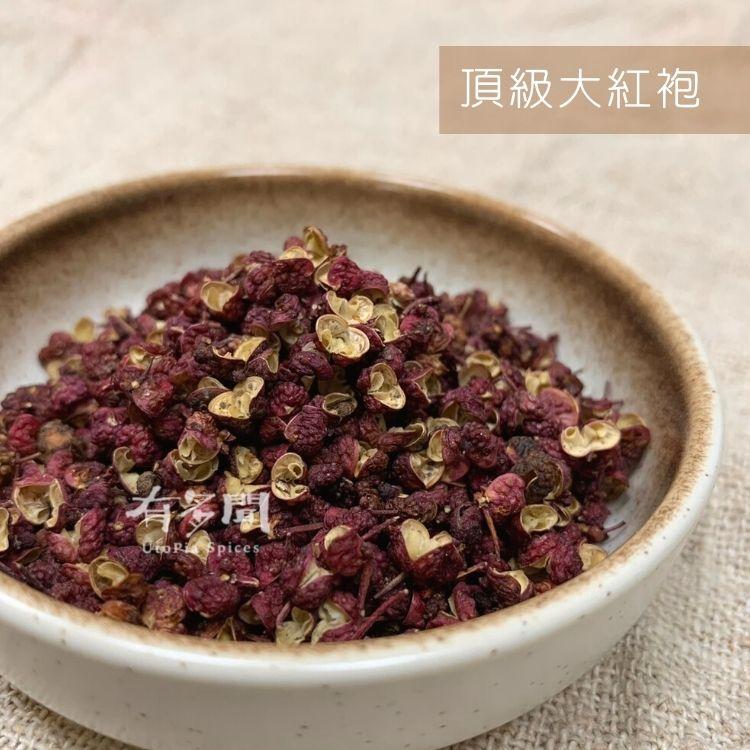
Feature:
Devil’s pepper is an extremely hot pepper.
It was once considered the hottest chili pepper in the world, with a Scoville heat (a measure of spiciness) of over 1,000,000.
Devil peppers are usually red or orange in color, shaped like the palm of your hand, and may have wrinkles on their surface.
Taste and smell:
It tastes extremely spicy and leaves a lasting burning sensation after eating.
Its spiciness can mask the taste of other foods, so use it with extreme caution.
The smell is similar to other peppers, but more intense.
Origin:
China
Cooking dishes:
Due to its extremely high spiciness, only very small amounts are generally needed in cooking.
Often used in making curries, stews, chili sauces and other spicy dishes.
It is also used to make some extremely spicy foods and beverages, such as spicy snacks, chili powder, etc.
**Due to the extremely spiciness of devil peppers, special care is required when handling. It is recommended to wear gloves and avoid contact with eyes and other sensitive parts. Due to its spiciness, it is mainly used in dishes that require extreme spiciness, but the amount must be used cautiously. Not suitable for mild or moderately spicy dishes.










